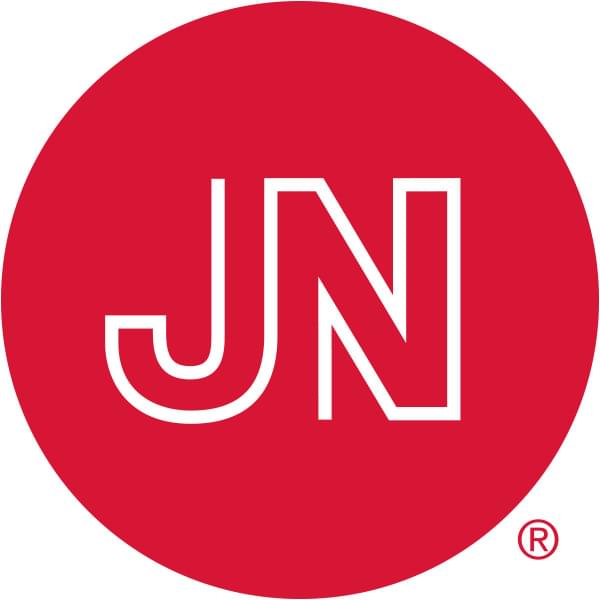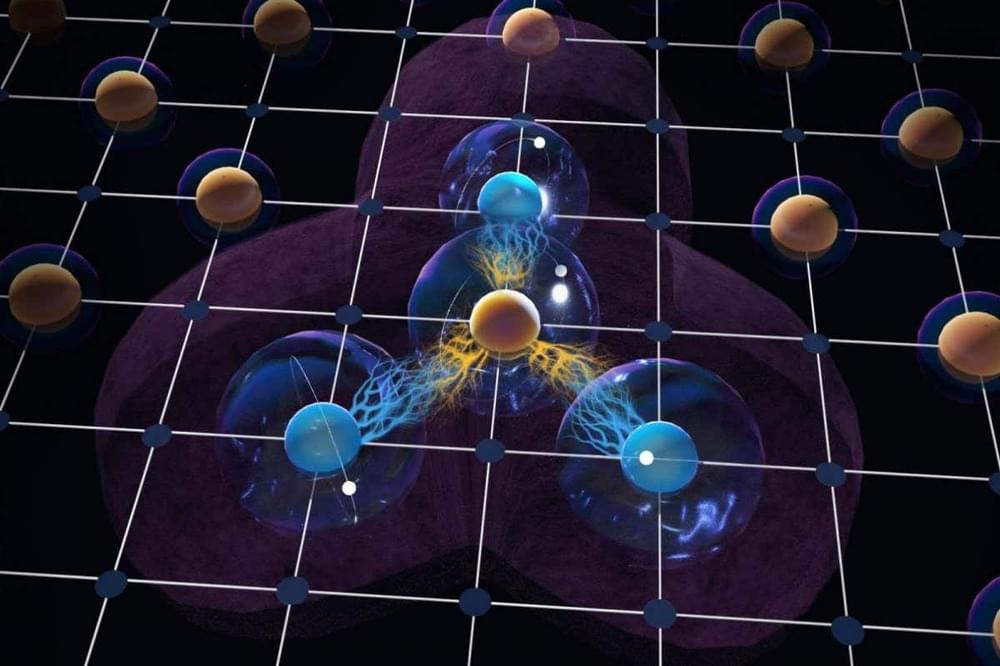GhostTouch attack allows attackers to use electromagnetic signals to control touchscreen devices.
Get the latest international news and world events from around the world.



Boeing’s Starliner lands in the desert — and brings NASA one step closer to a key strategic goal
Starliner’s path to success has been turbulent.
This flight has been a long time coming. It brings NASA one step closer to a goal it’s had for some years now: To rely on multiple private space companies to transport astronauts and supplies between the ground and the ISS. But Starliner’s path has been turbulent. For NASA, even if the ascent was a success, it was still well behind schedule.
This mission, evocatively named Orbital Flight Test 2 (OFT-2), launched on an Atlas V rocket from Cape Canaveral on May 19 and arrived at the ISS on May 21. The capsule received a warm welcome from the astronauts currently aboard the station: three Russians, three Americans, and Italian ESA astronaut Samantha Cristoforetti.
Over a decade ago as the venerable Space Shuttles entered retirement, NASA found itself without a mode of transport to the ISS. To remedy this, NASA bought its astronauts seats aboard Russian Soyuz flights — a time that seems so quaint today. Even as the agency found its hands empty, however, they were seeking aerospace companies to fill the void.

Summary of: The Biology of Slowing and Reversing Aging | Andrew Huberman & David Sinclair
Key points of the 2hrs+ long interview between dr. Andrew Huberman and dr. David Sinclair.
Full podcast episode: https://www.youtube.com/watch?v=n9IxomBusuw.
Instagram: https://www.instagram.com/practical.humanism/
Subscribe for more quality content: https://www.youtube.com/channel/UC7ytdeko7gFFXikpNoz7-Ug

Designer Neurons Offer New Hope for Treatment of Parkinson’s Disease
Summary: Researchers have designed a new method of converting non-neural cells into functioning neurons that are able to form synapses, dispense dopamine, and restore the function of neurons undermined by Parkinson’s associated destruction of dopaminergic cells.
Neurodegenerative diseases damage and destroy neurons, ravaging both mental and physical health. Parkinson’s disease, which affects over 10 million people worldwide, is no exception. The most obvious symptoms of Parkinson’s disease arise after the illness damages a specific class of neuron located in the midbrain. The effect is to rob the brain of dopamine—a key neurotransmitter produced by the affected neurons.
In new research, Jeffrey Kordower and his colleagues describe a process for converting non-neuronal cells into functioning neurons able to take up residence in the brain, send out their fibrous branches across neural tissue, form synapses, dispense dopamine and restore capacities undermined by Parkinson’s destruction of dopaminergic cells.

COVID-19 in 2022—The Beginning of the End or the End of the Beginning?
Jesper AndersonNo. Nobody can “leave their body”. There is no evidence what so ever that this is possible.
What can be done is, copy many of your attributes and create a copy which behaves very much like you. But that’s simply an advanced method of writing a book. I… See more.
Craig Everett JonesAlthough neurons are much like transistors, our emotions are not just ones and zeroes. We feel things in our gut. I think singularity fans are grossly underestimating the dependencies between human consciousness and organic physiology. And, your b… See more.
View 7 more comments.
Len Rosen shared a link.
With COVID are we at the beginning of the end or the end of the beginning? https://jamanetwork.com/journals/jama/fullarticle/2793011?gu…erm=052722

Scientists made a new kind of molecule bigger than some bacteria
A completely new kind of molecule has been made by combining an extremely cold ion and a super-sized atom. The unusual molecular bond between the two particles was thousands of times longer than those in most room-temperature molecules, and the method to make and study it could kick-start a new branch of ultracold quantum chemistry.